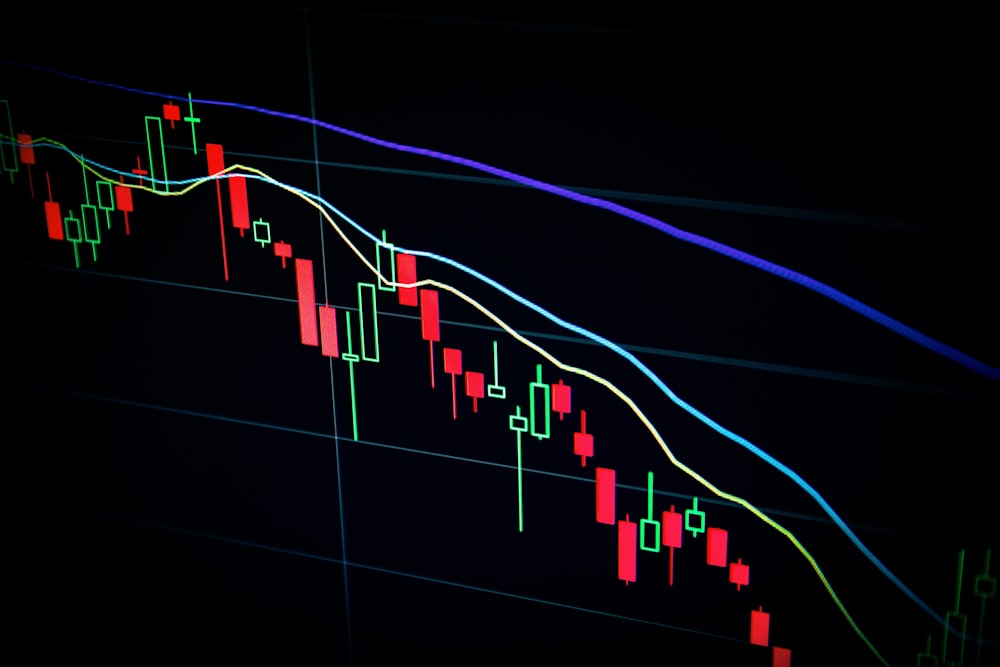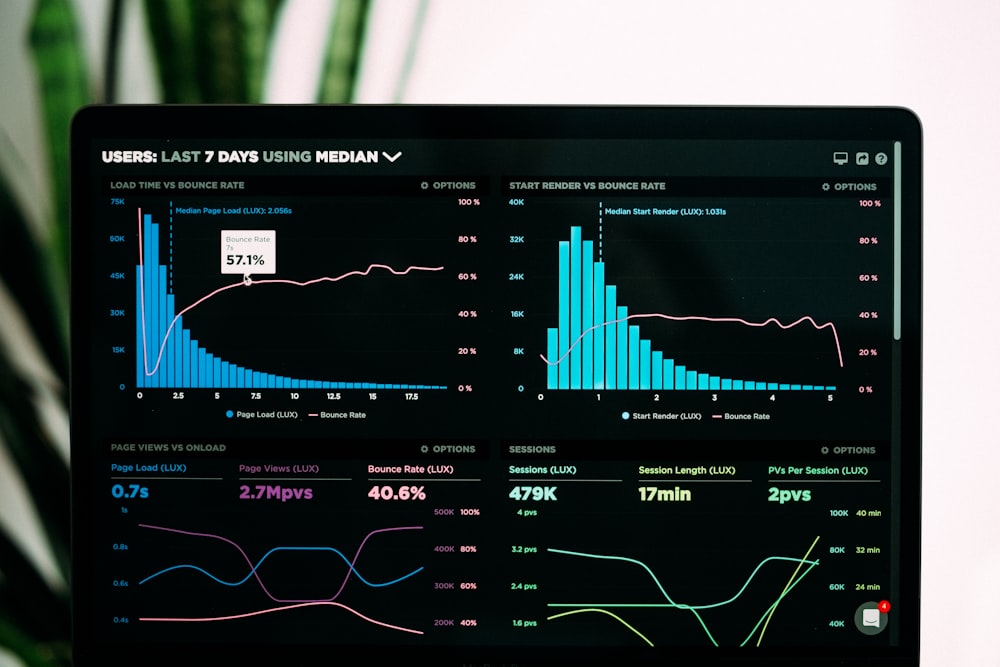Stop-loss and take-profit orders are essential tools for managing risk and securing profits automatically in crypto trading. These are pre-set instructions that allow traders to close a position when asset prices hit specific levels, thereby reducing emotional stress and potential loss.
Stop-loss orders began as manual interventions in the Bitcoin trading arena during the early 2010s. Today, they have transformed into advanced features available on most trading platforms. These orders enable traders to limit losses by setting a sell order if the asset price drops below a certain point. This has become crucial with Bitcoin's historical volatility.
On the other hand, take-profit orders ensure gains by executing a sale when the asset reaches a desired price above the purchase point. This not only locks in profits but also manages traders' tendencies to hold on for potentially higher gains, which might not come.
While these orders originated in traditional finance, they have been adapted to the crypto market's unique pressures. As per trading expert John Dale, "Proper use of stop-loss and take-profit orders can greatly enhance a trader's ability to succeed in the volatile crypto market."
The application on major exchanges like Binance and Coinbase involves similar steps, beginning with selecting a trading platform that fits your needs, setting your position, and configuring stop-loss and take-profit parameters based on a calculated risk level and profit target. Regular monitoring of these settings is vital, as market conditions can change rapidly.
### Implications for Crypto Users
For the average crypto enthusiast, utilizing stop-loss and take-profit orders can provide peace of mind. These tools offer a guard against massive losses and ensure gains from successful trades can be secured without constant market watch.
### Conclusion
Embracing stop-loss and take-profit orders within your crypto trading strategy can significantly aid in navigating the market's volatility. As the crypto space continues to evolve, keeping abreast of strategies that balance risk and reward will remain crucial.
Stop-loss orders began as manual interventions in the Bitcoin trading arena during the early 2010s. Today, they have transformed into advanced features available on most trading platforms. These orders enable traders to limit losses by setting a sell order if the asset price drops below a certain point. This has become crucial with Bitcoin's historical volatility.
On the other hand, take-profit orders ensure gains by executing a sale when the asset reaches a desired price above the purchase point. This not only locks in profits but also manages traders' tendencies to hold on for potentially higher gains, which might not come.
While these orders originated in traditional finance, they have been adapted to the crypto market's unique pressures. As per trading expert John Dale, "Proper use of stop-loss and take-profit orders can greatly enhance a trader's ability to succeed in the volatile crypto market."
The application on major exchanges like Binance and Coinbase involves similar steps, beginning with selecting a trading platform that fits your needs, setting your position, and configuring stop-loss and take-profit parameters based on a calculated risk level and profit target. Regular monitoring of these settings is vital, as market conditions can change rapidly.
### Implications for Crypto Users
For the average crypto enthusiast, utilizing stop-loss and take-profit orders can provide peace of mind. These tools offer a guard against massive losses and ensure gains from successful trades can be secured without constant market watch.
### Conclusion
Embracing stop-loss and take-profit orders within your crypto trading strategy can significantly aid in navigating the market's volatility. As the crypto space continues to evolve, keeping abreast of strategies that balance risk and reward will remain crucial.



